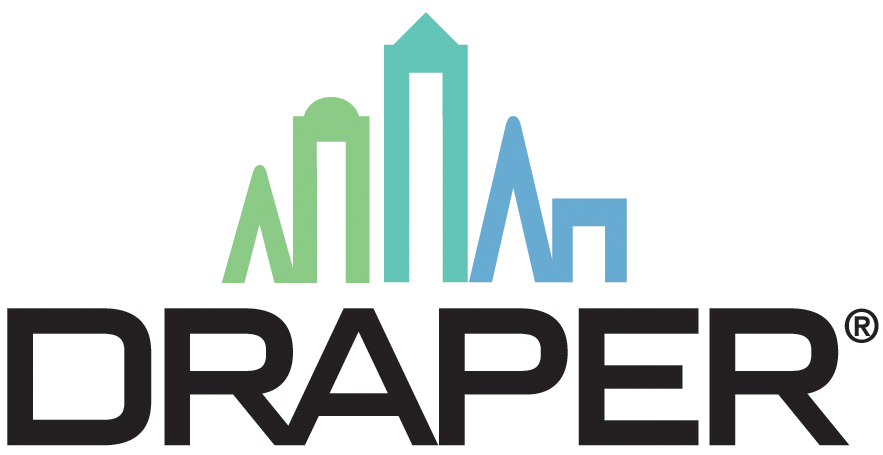Draper takes new angle to solve glare and heat gain
October 30, 2017
The University of Chicago Lab School had a problem. The school was building a brand new arts facility, the Gordon Parks Arts Hall, funded in part by a donation from the George Lucas Family Foundation. It was a high-profile project, making use of daylighting.
“They had a beautiful facade design with unique angles and breaks in the glass,” Clint Childress, LEED®AP, solar control solutions product manager at Draper, Inc. “With this design, they had a problem with finding any solar shading that would work.”
Bryan B. Biggers III, the president of Beverly Venetian Blind Company, agrees it was a complex project.
“We weren’t the only people asked to bid on this project but we seemed to be the only ones that were willing to take on the complexity of this project with its unique angled windows,” Biggers said. “It’s something we had never done before but I felt that it would be a great opportunity to do something very special even though we really didn’t know how we were going to accomplish it.”
Biggers and his team talked to the designers in charge of the project to share some ideas on how to approach a solution for the project.
“This is where my thoughts went straight to Draper, Inc.,” he said. “I knew that if anyone could help pull this off, it would be Draper.”
Biggers’ request came to Draper’s Solar Control Solutions (SCS) division, which designs and manufactures custom solutions for customers around the globe.
“SCS is about bringing solutions to solar shading problems,” Childress said. “There may be too much heat gain, a unique glazing design, an operation which is not standard, or anything that makes standard products not an ideal option.”
Draper’s designers discussed the project with Biggers and, after several conversations, proposed a solution. After some back-and-forth exchange of ideas and on-site meetings, a final design was agreed upon: a custom motorized shade system on tracks, with re-directional rollers to help the shades follow the changes in slope. The shades would be operated via wall switch, and feature Mermet E Screen Charcoal/Gray with a 3% openness factor.
To read the rest of this case study, and download a free pdf copy, click here.
Company:  Draper, Inc.
Draper, Inc.
Product: Window Shades
Of: Terry Coffey
Source: http://blog.draperinc.com/2017/10/draper-university-chicago-lab-school/
Tags:

